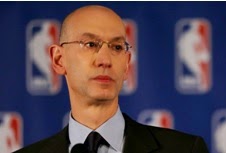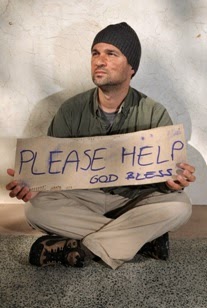


When was your last “moment of poverty”?

For a few minutes on the third day of an NBA scandal, a sports figure led by example
Until a few days ago, few people in America could have picked Adam Silver out of a crowd. Tall, thin and, let’s be honest, a bit nerdy looking, the new NBA commissioner could have been any other harried executive or overworked attorney in New York.
Now, however, Silver is an American hero. His lifetime ban of Donald Sterling and impassioned defense of common decency earned him praise from players, owners and fans, as well as everyday folks who just wanted to see the right thing done and were thrilled someone had the courage to do it.

Do you manage or curate your talent?

Are you naked, but don’t know it?
Many years ago there lived an emperor who cared only about his clothes and about showing them off. One day he heard from two swindlers that they could make the finest suit of clothes from the most beautiful cloth. This cloth, they said, also had the special capability that it was invisible to anyone who was either stupid or not fit for his position.
Being a bit nervous about whether he himself would be able to see the cloth, the emperor first sent two of his trusted men to see it. Of course, neither would admit that they could not see the cloth and so praised it. All the townspeople had also heard of the cloth and were interested to learn how stupid their neighbors were.
The emperor then allowed himself to be dressed in the clothes for a procession through town, never admitting that he was too unfit and stupid to see what he was wearing. He was afraid that the other people would think that he was stupid.
Of course, all the townspeople wildly praised the magnificent clothes of the emperor, afraid to admit that they could not see them, until a small child said: “But he has nothing on”!
This was whispered from person to person until everyone in the crowd was shouting that the emperor had nothing on. The emperor heard it and felt that they were correct, but held his head high and finished the procession.



